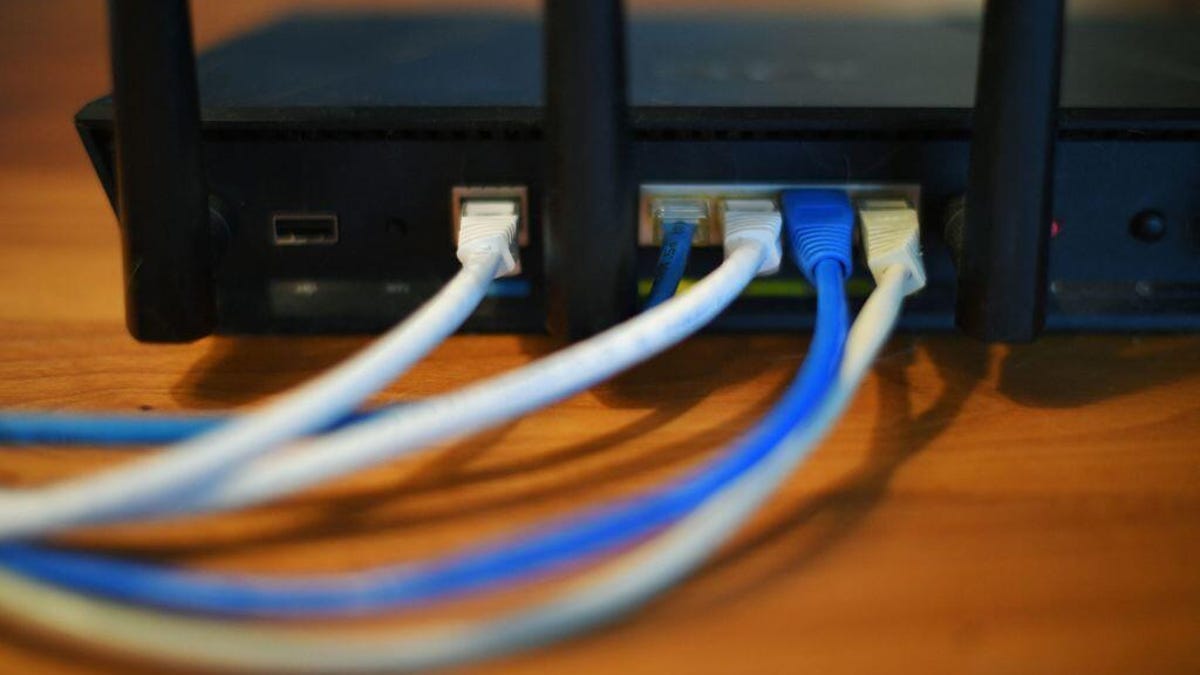This quick trick will help you fix your internet connection

If you are experiencing slow internet connectivity, one of the first places to start troubleshooting is your Wi-Fi router. These are some of the easiest issues to fix.
Rebooting your Wi-Fi router (and possibly your modem) can be as simple as unplugging it, waiting about 30 seconds, and plugging it back in. If that doesn’t work, you may need to reset your router to its factory defaults.
I’ve been writing about home internet — and all the headaches that come with it — for over five years. I’ll walk you through all the steps you need to take to get your Wi-Fi working again.
Perform a hard reboot of your router
“Unplug it and plug it back in” is one of the most tried and true pieces of advice for all things electronics, and your router is no different. Imagine a computer game that’s gone horribly wrong. By restarting the game, you can undo all the mistakes you made to get to that point. A hard reboot works the same way, giving your device a fresh start from a “known state.”
“It’s amazing how that solves 90 percent of the problems, because the drivers are the interface between the radio and the operating system, and they can get confused,” Dave Coleman, a Wi-Fi expert, author and director of wireless networking at the CTO’s office at Extreme Networks, told CNET. “I know it sounds basic, but it’s the first thing people should do when troubleshooting.”
Here’s what you need to do:
- Unplug the router from the power outlet. You can either unplug the power cord from the power outlet or from the router — either will work.
- Wait at least 30 seconds.
- Plug it back in.
Once the router is plugged back into the power source, you may need to wait another 30 seconds for it to reboot. Once all the lights are on, try connecting to Wi-Fi from a device.
Reset your router to factory settings
If your hard reboot didn’t work, a more drastic step is to reset your router to its factory defaults. Be aware that this will erase all of your customized settings, such as your network name and password, and give you a new public IP address. Your router will be exactly the same as it was when you first took it out of the box.
You may want to consider this step if you find yourself having to reboot your router multiple times a day, or if your Wi-Fi speeds are drastically lower than the speeds you get over a wired connection. I also recommend making sure your router’s firmware is up to date before doing a factory reset. Here’s what you do on most routers:
- Make sure your router remains plugged into the power outlet.
- Insert a paperclip into the Reset hole on your router. Some routers also have a button that you can press with your finger.
- Hold this button for about 30 seconds.
- Wait for the router lights to come back on. This may take a minute or two.
You can also reset most routers via their app or website. For this you will need your login details.
How do you know if it’s a modem or router problem?
If you have a separate modem and router, you may need to troubleshoot each one separately. To find out if your modem is working, connect a device directly to the modem with an Ethernet cable. If you can get online this way, the problem is with your router. If it still doesn’t work, you’ll need to start by hard rebooting both devices. Here’s what to do:
- First, unplug your router and modem from the power outlet.
- Wait about 30 seconds and reconnect them: first the modem and then the router.
- Wait a few minutes for them to fully power back on.
Rebooting should resolve most issues with your modem and router and should get your internet working again.
It might be time to upgrade your router
If you’re consistently having speed issues or glitches that require you to reset your router frequently, it might be time to upgrade to a newer model. Experts recommend replacing your router about every five years, but if you have a lot of smart home gadgets or stay up to date on the latest electronics, it might be worth holding off until two or three years.
That said, your router is only as good as the internet connection flowing through it. The best way to figure out where the culprit lies is to run some speed tests while connected to your modem with an Ethernet cable and compare the results to the speeds you get over Wi-Fi. If your wired speeds are still slower than you’d like, it’s probably time to upgrade to a faster plan or switch ISPs altogether.




